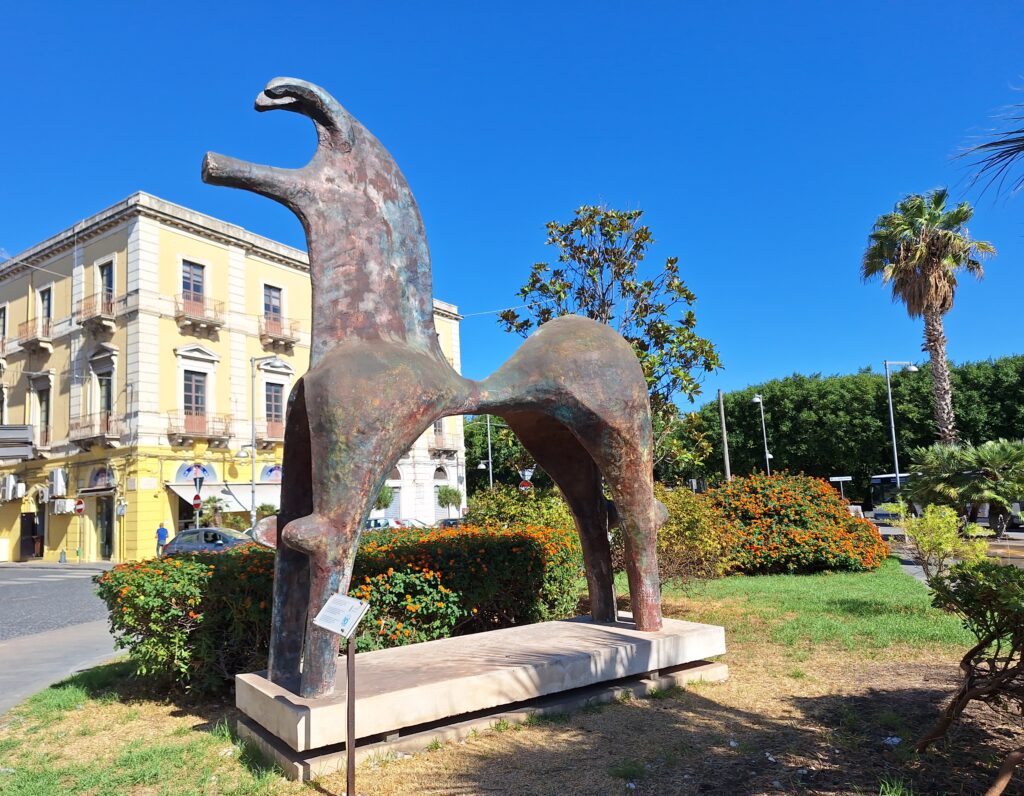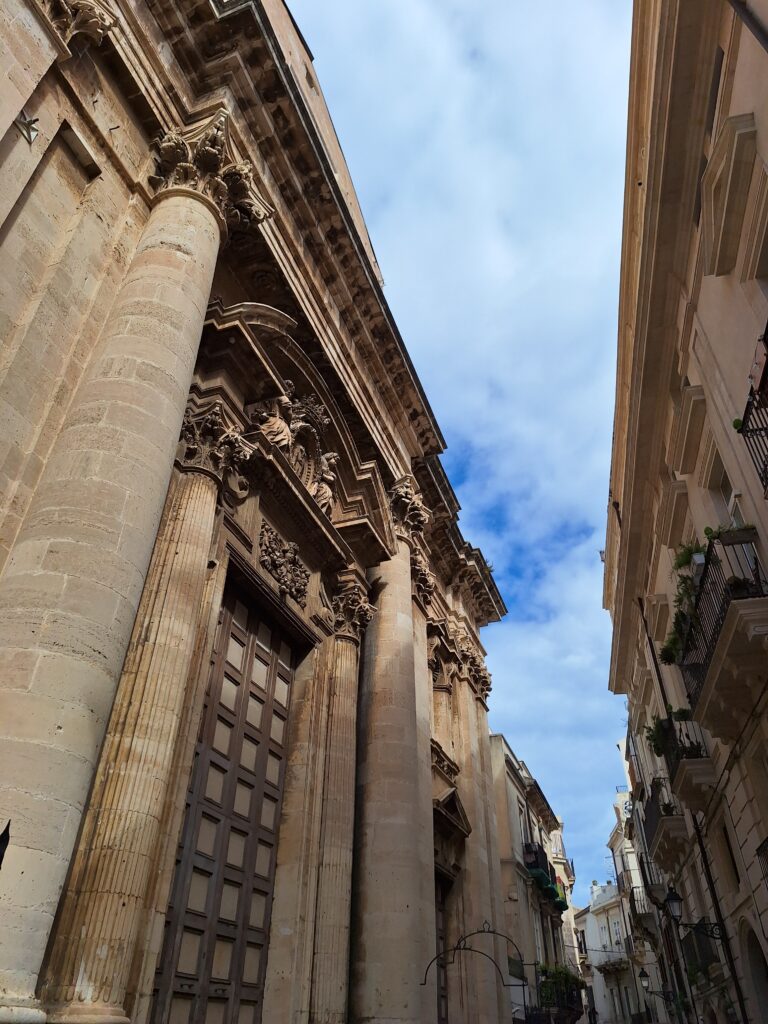
‘The largest Greek city, and the most beautiful of them all!‘ … Cicero wrote around 50 BC. Syracuse was founded by Greeks from Corinth 700 years earlier, when they displaced an Indo-European tribe, the Sicels, from the coast.

The name of the city of Syracuse means ‘surrounded by water‘, and this actually refers to the marshes in the area. However, the old town is located on an island, Ortigia, so the name fits just as well today even though there is no marshland there anymore.

Syracuse has a long and uneven history. Greek dominance ended when the Romans captured the city in 212 BC after 3 years of siege. As the last Sicilian city, it became Arab in the year 878.

During two hundred years of Muslim rule, the capital functions were moved to Palermo, and Syracuse was never the most important city again, although trade continued. In this period, most of the churches were converted into mosques, but otherwise it was freedom of religion. The Normans took over in 1038, and from 1298 Sicily came under Spanish control.

In Syracuse (actually it was Ovid), it is told about one day when the beautiful nymph Arethusa, who was in the retinue of the hunting goddess Artemis, wanted to take a bath after the day’s work. Alpheus, the water God, immediately fell in love and wanted her for himself.

Arethusa was horrified and asked Artemis for help. She blew her to Ortigia and turned her into a spring. However, Alpheus did not give up, but asked his father, Oceanus, for help. The father believed in his son’s love, and opened the Ionian Sea for him so that he could cross Sicily and meet his beloved girl again. This is how Arethusa and Alpheus were united at Ortigia. How he got her even though she was afraid of him, Tobatheornottobathe has not fully figured out. Possibly, no laws of consent applied in ancient Greece?

Just north of the spring there is a small, public beach. Tobatheornottobathe is always looking for places to swim, and Syracuse has plenty of them, as there is sea everywhere. This day, however, the wind was quite strong, and we considered bathing from the rocky parts of the coast as risky because of the waves. Beaches, however! The harbor guard has built a long quay here, and we thought it might be a good idea to jump from the quay and swim to the beach. That turned out to be an interesting task! We were thrown around and around, almost like swimming in a washing machine. But fun! And as the Sicilian water is warm, together with a sandy bottom, it wasn’t dangerous in any way.
